The Evolution of Postcards
Evolution of Postcards
The evolution of postcards is an interesting story of a popular hobby that grew out of one way of human communication and interaction. Did you know that sending postcards is considered a pastime by many people? Apparently, there are even frequent travelers who take time to send postcards to themselves from the places they visit. In this way, they get to collect authentic postcards with post markings from different foreign lands. The markings are important in postcard collection since it can provide a timeline of one’s travels without necessarily making a narrative story which is often cumbersome to do.
Deltiology
The study and collection of postcards is referred to as deltiology. It took more than twenty years after being coined by Professor Randall Rhodes for the term to be included in the dictionary. It ranks as the third most popular hobby in the world after stamp collecting and coin collecting.
Postcards trace its roots to hand-delivered lithograph prints and envelopes with printed pictures. Before the issuance of the first government postal card in 1873, private postcards were already being used. The idea was originally copyrighted by John P. Charlton but was later transferred to H.L. Lipman. Prior to this however, there were already plain postcards bearing stamps from originating countries which allowed the distribution of such. The very first postcard made by a private company which was introduced in 1869 came from Austria. Government-issued cards with pre-printed postage are called postal cards while cards printed by private companies which require postage stamps are the ones particulary referred to as postcards.
Picture Postcards
The year 1870 saw the big change in post cards with the introduction of photos and color. Eastman Kodak facilitated the printing of black and white photographs on postcard backs. This was the time that postcard collecting experienced a great surge in popularity. Postcards printed in Germany were known to be the most excellent. Word War I ended this with the destruction of its publishing industry.
US tried to approximate the quality of German-made postcards but found it difficult. France and Belgium introduced the hand-tinted cards to provide color only to discontinue it because of the health risk to workers who were greatly exposed to the lead content of paint. Eventually, photocrome postcards were introduced showcasing bright living colors. The most common images used are attractions and special places of interest.
Physical Features of Postcards
A postcard is a rectangular piece of cardboard or thick paper which usually bears an image in front and provides space at the back for messages. The intention is similar to that of sending a letter except that messages are typically short because of the limited space available. It is also mailed without an envelope and the postage stamp is adhered directly to it.
The early postcards had undivided backs but that changed with the shift to divided backs. Divided backs simply mean dividing the back of the postcard in half with one side containing the message and the other side bearing the address and the postage. Great Britain was the first country to adopt this followed by France and Germany. It is interesting to note that prior to this, messages were written across the image in front because the back portion was reserved for the address and postage only.
Modern Postcards
There is still great interest in postcard collecting even with the existence of more modern hobbies. Historical and vintage postcards both have a great market. This should not prevent people from collecting more current postcards that can easily be purchased from commercial stores worldwide.
One of the latest innovations in postcard making is personalizing. This is usually offered by post offices. In this option, senders of postcards can have a specific preferred image and message printed in the postcard. Now, it can even be made through an app in an Android or iOS smartphone which swiftly converts stored images into personalized postcards.
My Say
While the evolution of postcards is in itself an interesting story, the story that each postcard brings will probably provide more interesting angles of the development of this hobby. Even with the decreased popularity of traditional mail in favor of electronic mail, postcards still maintain its own attraction especially for collectors. There are just some things that must stay in spite of technological advances. One of which is personalized communication.
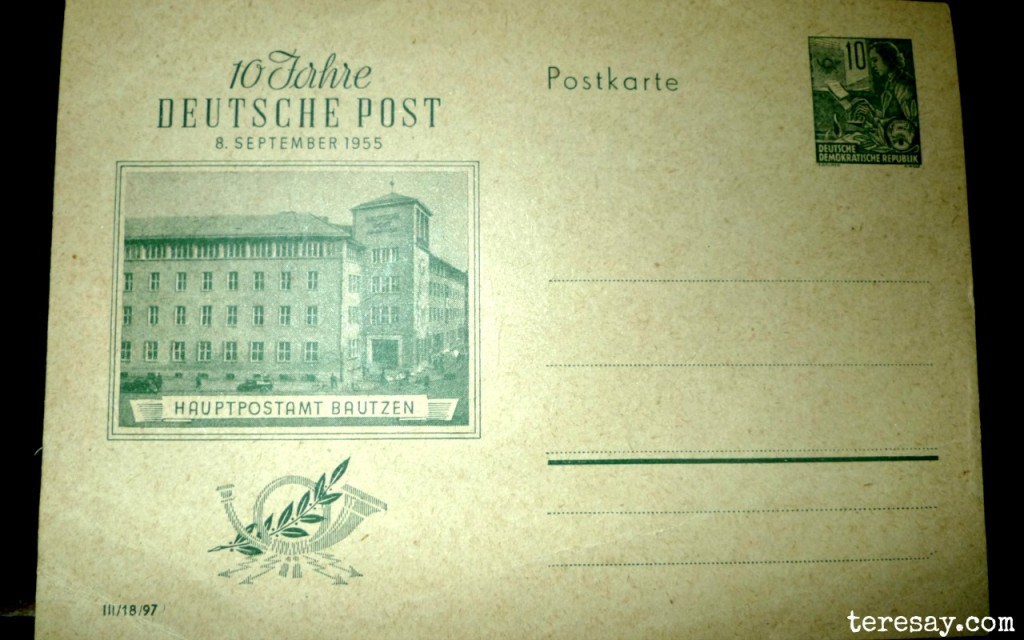
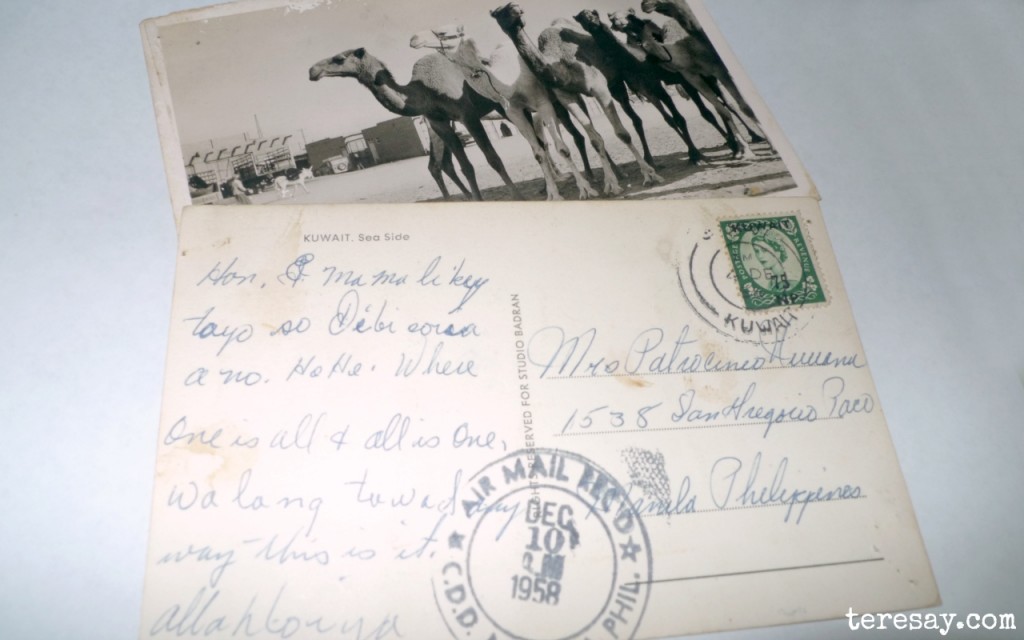
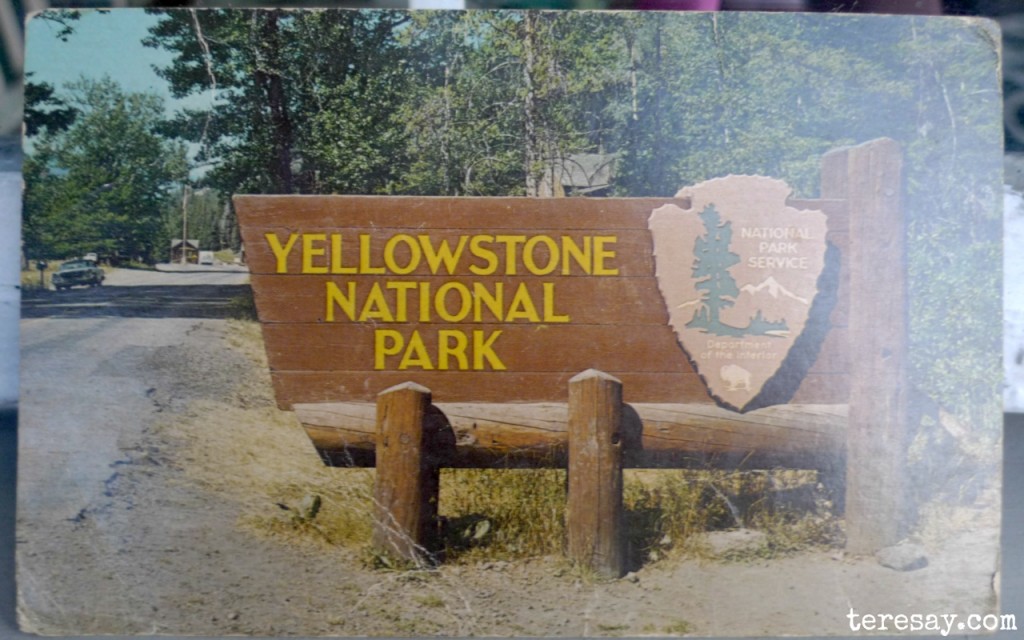
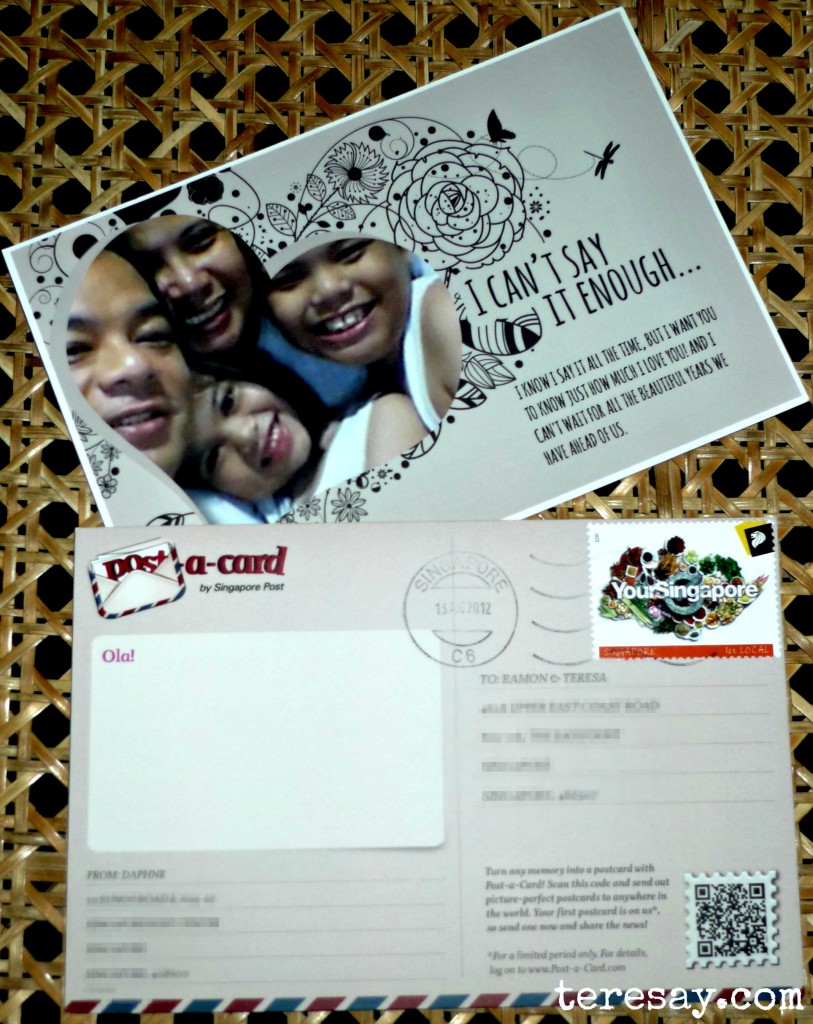




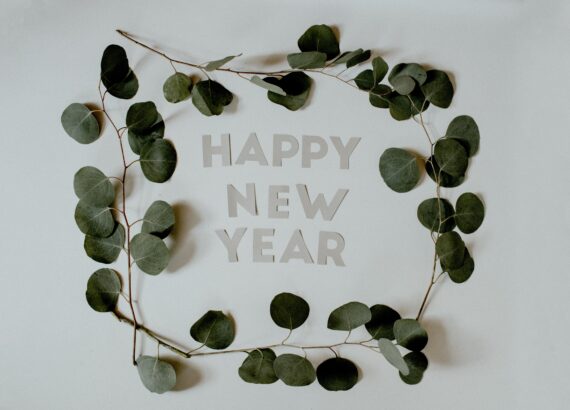

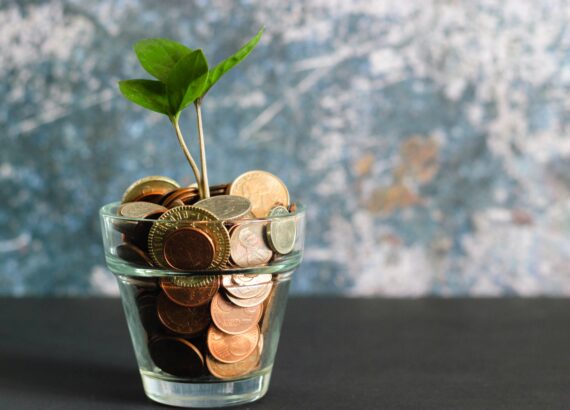
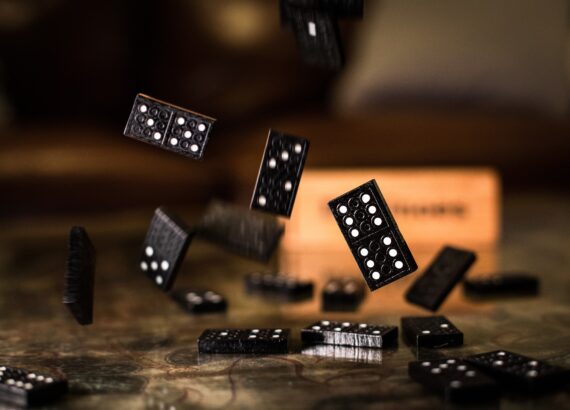
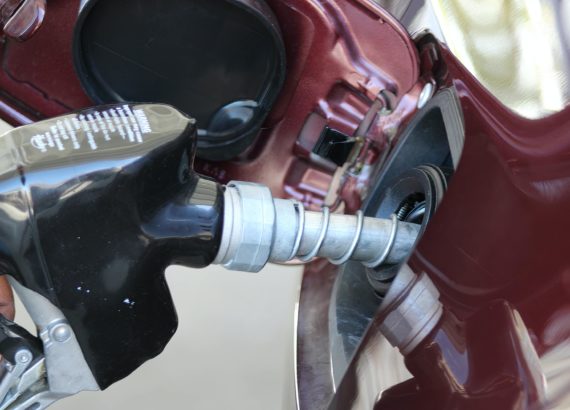

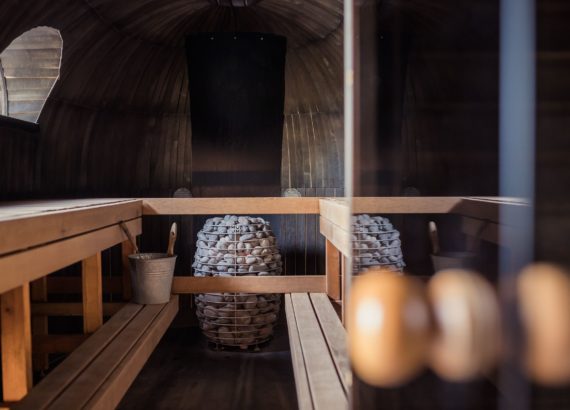
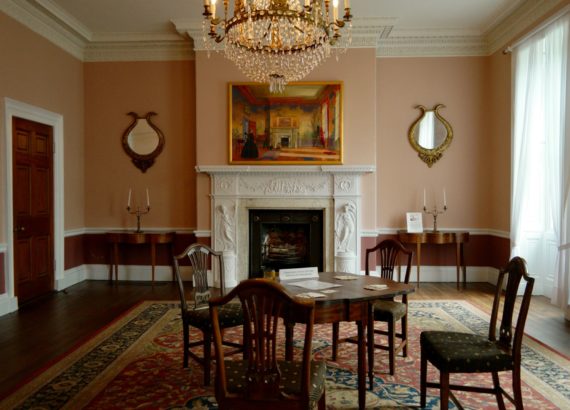


Willa @ Postcard Perfect
I have my own postcard blog for my postcards collections.
Teresa Martinez
I would like to visit your blog.
Mommy Pehpot
I always wonder, is it cheaper to send post cards than letters?
Teresa Martinez
It really depends since letters are charged higher when they exceed a certain weight limit as opposed to postcards which have more or less the same weight. Letters however offer the advantage of privacy.
special education philippines
I’ve always wanted to have personalized postcards to be sent as gifts to friends and to receive them also for my scrapbook. I recently received a box of postcards from the Metropolitan Museum of Manila featuring the artworks exhibited there and these cards are so beautiful. I almost don’t want to use them.
Teresa Martinez
That is the very problem with beautiful postcards, it is almost a sacrilege to use them but to me, a postcard’s life and story cannot be complete without the postal marks.
mommyjem
It was so high tech today that some post cards photos are edited already. I do not have an interest in collecting post cards but I would love to receive 🙂 ..
Teresa Martinez
Yes, technology has also reached the most traditional aspects of life such as postcard sending.
ronleyba (@ronniedare)
I love this post about postcards. Sending them the old school way is still a fun thing to do. Oh, I remember, one blogger/postcard collector is featured in a TV segment that talks about post card collection or something like that.
Teresa Martinez
The old-fashioned way of communicating still has its charm.
Cai
I love receiving postcards, unfortunately, no one sends them anymore. Puro e-cards nalang! 🙁
Teresa Martinez
Yes, traditional postcard use has declined thus the efforts of many postal companies to produce innovations to create interest.
blex888
collecting postcards is still a good hobby, i just hope i have the time for it again but tried collecting postcards before, back in my high school days. if i remember it right, i’ve collected around 800 postcards starting from my father’s collection in the 70’s till my own collection which lasted till 2001.
Teresa Martinez
That is already a large collection. Maybe you’ll find time in the future.
markpogi
I recall having old postcards when my dad used to work in KSA. Thanks for sharing us these information on postcards. ^_^
Teresa Martinez
Thanks for visiting!
@mishidems
Ooh, new ‘proper’ term learned 😀
I wish I lived in a time where people still send out a lot of these :3
Teresa Martinez
Many still do that is why it still remains one of the most popular hobbies. It is just that its popularity is of the consistent, quiet kind.
Shirgie Scf
I can’t believe post cards are still existing nowadays. I always send post cards through email though, but good to know that even post cards are evolving.
Teresa Martinez
Ye, they still do exist and many are trying to keep it alive thus the innovations.
ventocoseuss
Well, these postcards and snailmail are the ones that we use before.. However, as time and technology quickly passes by, we stopped using the aforementioned items for communication. However, as I go by our postcards and letters, I think that the message and the intentions of doing so are really sincere.
At, PBB Teens pala ang parents ko dati. Bwahahaha
Teresa Martinez
The use of postcards may have lessened but they still possess the charm and history that no electronic mail can match.
LadyMomma
Wow! it only goes to show that you are really into postcards…very informative post 🙂
Teresa Martinez
My husband and I love collecting things. Storing them sometimes present a problem.
Ness
The personalized ones are so cute. Though, I have little knowledge about postcards.
Teresa Martinez
A lot of information are offered online and besides, taking on a hobby will provide learning as one goes along in discovering it.
jsncruz
I collect postcards and letter-cards, mostly because I’ve been away from my family for so long. I wish I had some vintage ones though!
Teresa Martinez
You don’t have to try very hard to find one especially with the many online stores offering vintage postcards. Of course, price and authenticity are factors to consider.
ana karen banhag (@thequeenbitter)
hmmm… i’m surprised to know it’s 3rd of the most popular hobby in the world. i remember it was so hit in the 80s. my brothers and uncles used to send them to let us know which country they have visited or docked (for seamen). But i guess due to accessibility and popularity of social networking sites now, most people rely on digital photos instead ‘or use instagram’ in updating family and friends on the places they went to. 🙂 i miss postcads though. 🙂
Teresa Martinez
Sending postcards has certainly been overshadowed by other forms of communication thus the efforts to make them more attractive to modern users.
marri
Modern as it may seem but postcards are still the traditional way of sending and receiving a token that will remind a beautiful place.
Teresa Martinez
Some traditional ways are meant to stay.
Pal Raine
My great grandmother collects old coins. I collect stamps and stationeries. My mother collect postcards. And you’re right, postcards now are more colorful and very techy now.
Teresa Martinez
Postcards that contain personalized photos and messages and delivered “instantly” are certainly very techy.
lovemindanao
nice post. I never knew there is a term for post card collection . I never had an idea it is top 3 when it comes to favorite hobby … i might as well collect some 🙂
Teresa Martinez
This just shows that popularity of a hobby is not always the obvious kind.
Chef Jasper
The times have really changed in terms of how postcards went this to that.
Teresa Martinez
Indeed, I’m looking forward to more changes as long as postcards do not go away for good.
Mel Cole (@melcoleofpausa)
pretty postcards you have in your collection. i haven’t been in Yellowstone park, hope so someday.
Teresa Martinez
Thanks. I only have a few but I hope to have a bigger collection in the years to come.
Jonathan B. Diesta
I love collecting post cards esp showing tourist spots from different parts of the Philippines and the world. The oldest postcard that I have is the one from Barbados…
Teresa Martinez
Glad to know you’re a collector, it will help keep postcards alive.
renzbulseco
Despite the technological advancements these days, nothing beats the feeling of writing a letter at the back portion of the post card and send it to your loved ones or friends abroad.
Teresa Martinez
So true… I hope it never goes away even with more modern versions of communication.
RICKY
ha ha ha ha I used to send postcard to relatives and friends overseas when I was still in grade school & high school, naabutan ko pa eto. This days its so easy to send even a present photo everywhere and we don’t have to pay mail fee =)
Teresa Martinez
It is fun to reminisce how it used to be even if there are other more convenient options available today.
Donald Pagulong
Wow! great lesson for me this day. Halos wala akong alam about postcard history. Thanks for sharing this info.
Teresa Martinez
Thanks for appreciating and visiting.
Tess Chancellor
Is postcards sending still in as of this days? with the advancement of technology,personalized postcards as you mentioned in your post is now the trend.
Teresa Martinez
Many choose to stick to it as a way to collect them. Although there are newer versions, the vintage ones are quite popular as collectibles.
Mai Flores (@mai_eaflores)
I used to collect different postcards back when I was still a kid (even stamps at that) until I outgrew it. I used to have pen pals then so I was able to send and receive different cards from London and the US.
Since you’ve featured the Post-a-card app, I might as well check it out. My passion for it as a kid might just be woken up. 🙂
Teresa Martinez
The modern versions of postcards may just awaken your interest in it.
dimaks | The Urban Walker
The emergence of digital postcards completely changed the thrill and essence brought about by the paper ones. But it’s all good, speaking from the viewpoint of time saving and postal service efficiency.
Teresa Martinez
New developments will always have pros and cons. The important thing is not to allow the good old things and practices to disappear.
Justin | Hari ng lakbay
Actually, I’m about to start sending postcard to my family and friends whenever I travel abroad. 🙂
Teresa Martinez
That’s good. It will help perpetuate the use of postcards even in this very modern times when computer communication has almost pushed the art of letter writing to oblivion.
Wit
I found the hobby unusual at first but I’ve got a better appreciation for it now. There is a certain beauty to sending postcards.
Teresa Martinez
Certainly, there is something poetically beautiful in sending postcards.
Franc Ramon
I remember receiving seeing the old postcards at home when I was still a kid and it does give you some info about the different places and items featured.
Teresa Martinez
Oh yes, those postcards with short factual information about the featured photo certainly gives snippets of learning.